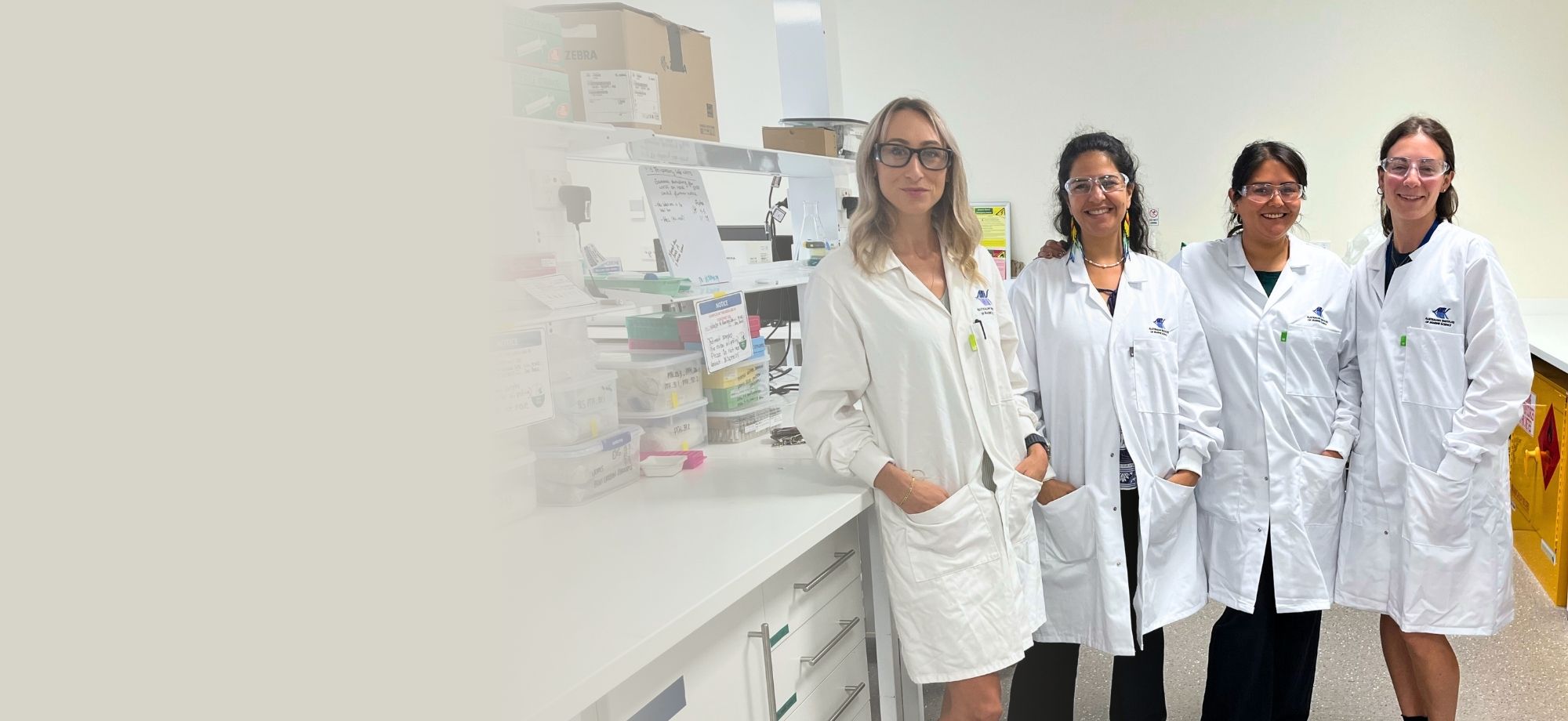Australia is experiencing a significant increase in cases of the new BA.4 and BA.5 subvariants of the COVID-19 Omicron strain.
These variants are highly infectious and have an ability to evade the immune protection from either previous infection or vaccine. Although three or four doses of vaccine remain very effective at providing protection against severe disease from BA.4 and BA.5, vaccination alone is not effective at stopping infection or transmission of the virus from person to person.
All indications, including previous experience with the BA.1 Omicron variant in Australia in January this year, as well as recent experience with the BA.4 and BA.5 variants in other countries, along with our weekly forecasting reports, suggest that cases will continue to rise in Australia over the coming month.
This wave of infections is already leading to an increase in the number of people with COVID-19. This will increase pressure on our hospitals which are already experiencing high levels of patients, and absenteeism due to illness in staff. Due to the number of cases, we may also see a rise in the number of people dying with COVID-19, particularly among those who are at higher risk of severe disease, most notably people over the age of 80 and those who have not received all recommended vaccine doses.
We cannot stop this wave of infections, but we can slow the spread and protect the vulnerable. We have done this before and we can do it again. In fact, a range of measures and advice provided in the past two weeks gives us a clear, scientifically-based path to achieve these dual aims.
The Australian Health Protection Principal Committee (AHPPC) has reiterated its advice on reinfection periods, testing and isolation, mask wearing, vaccine boosters and treatments and called on employers to allow work from home if feasible.
Employers should review their occupational health and safety risks and mitigations, and their business continuity plans. They should consider the feasibility of some employees working from home, wearing masks in the workplace and support employees to take leave when sick.
All of these recommendations are based on what we know works to either reduce the spread of the virus or protect those at highest risk of severe disease.
The Australian Technical Advisory Group on Immunisation has widened its recommendations on fourth doses of COVID-19 vaccine. Very pleasingly, this has had an immediate effect, with almost 560,000 fourth doses administered in the first week of the expanded rollout, compared with approximately 180,000 the week before – a threefold increase.
The Pharmaceutical Benefits Advisory Committee has also widened and simplified the criteria for the availability of oral antiviral treatments which can be prescribed by general practitioners and dispensed from community pharmacies. We do not yet have data on prescribing since the announcement of these changes but expect a major increase, given that the number of prescriptions had already more than doubled from 5,657 in mid-June to 13,441 in early July.
Last week, numerous measures were introduced to increase the protection of aged care residents. As part of this, I wrote to all residential aged care facilities to stress the importance of having readily available antiviral medications within 24 hours of a positive test and a comprehensive winter plan to protect residents against COVID-19.
Modelling and forecasting provide a range of possible scenarios which are completely dependent on what we do now. We know this from our experience of the past two years where we have all taken actions which have changed the course of history.
What has been predicted before has led to appropriate actions by individuals, communities and government which has led to fewer cases and protected the most vulnerable members of our community – older Australians, people living with a disability, those with chronic disease or lowered immunity and First Nations peoples. By working together, we can do that again. This is not about individual responsibility but concerted and sustained community action.
I encourage everyone who is eligible for their fourth dose and who has not yet had it to make an appointment as soon as possible to receive it. I also remind any Australian who has not had a third dose of vaccine that two doses of the COVID vaccines simply do not provide adequate protection against severe disease. Having the recommended vaccinations for your age group or risk profile is the single most important thing Australians can do to prevent severe COVID requiring hospitalisation or even death.
I also encourage everyone to follow the recent advice of the AHPPC and wear masks when outside the home in crowded, indoor environments, including on public transport. This is important to protect yourself and others.
Physical distancing, where possible, and following good hygiene practices provide additional layers of protection. Undertake a test if you have any symptoms and stay at home if you have COVID-19.
Check your eligibility for antiviral treatments with your usual health provider and make a COVID treatment plan so that you know exactly what to do to access that life saving treatment before you get sick.
Reducing the impact of COVID-19 is a shared responsibility for everyone. We can all play a role in protecting ourselves and our loved ones, our hospitals and the wider health system, those most at risk, and society as a whole.








